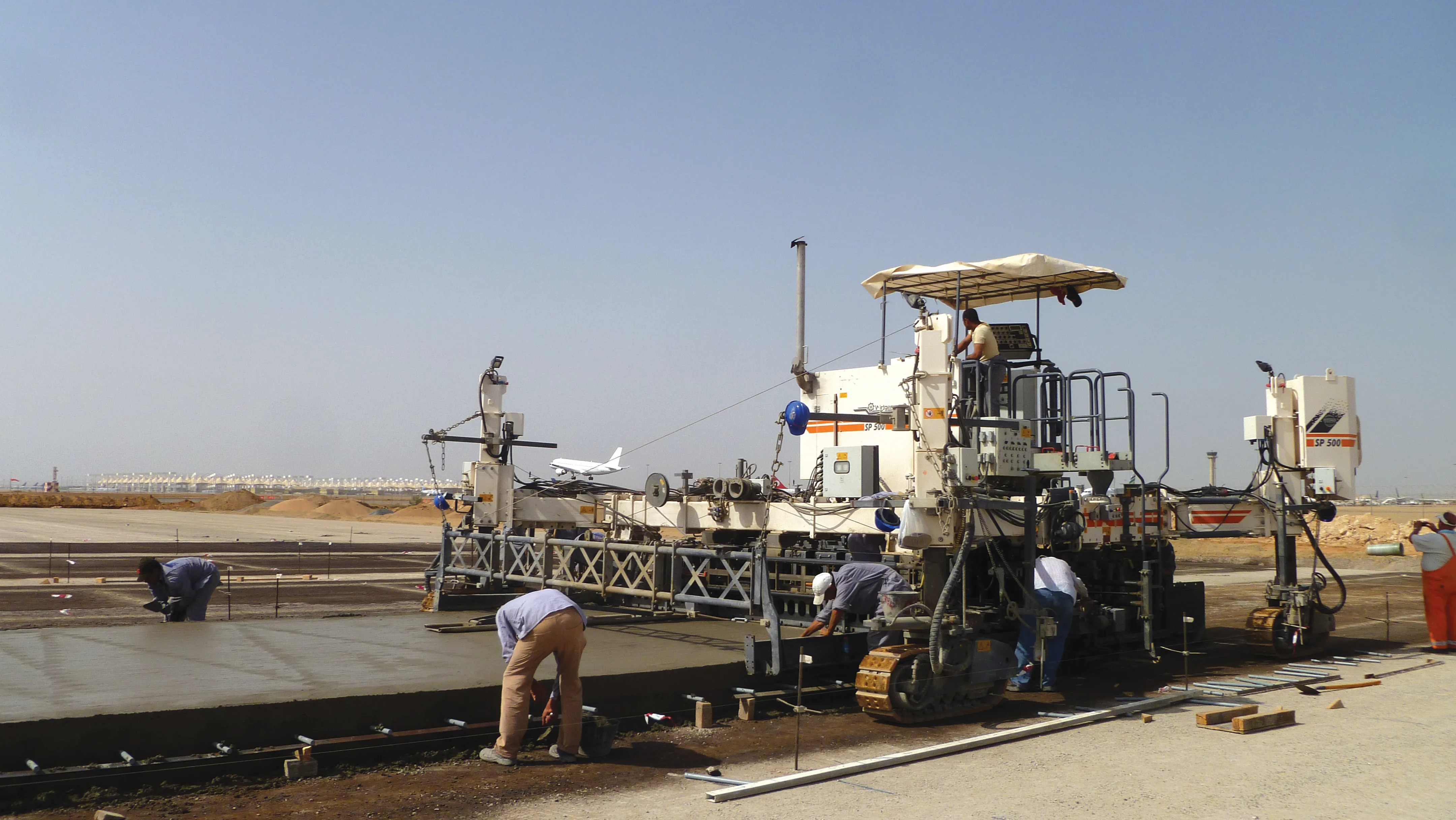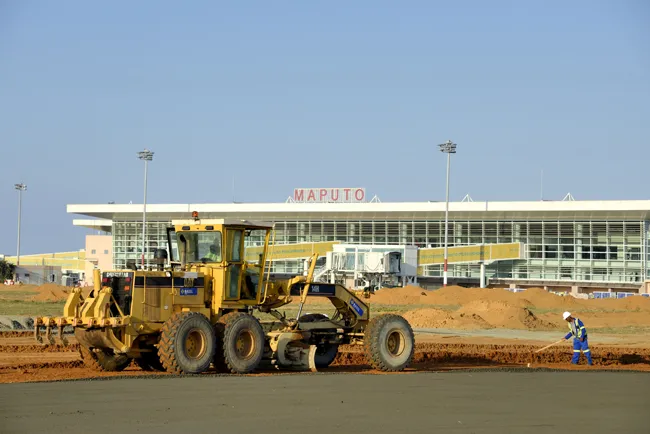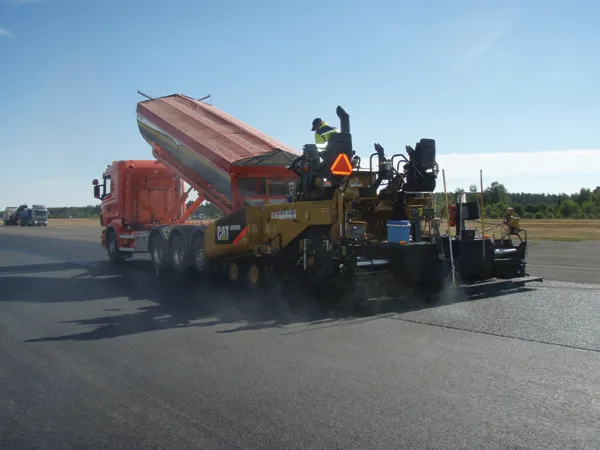A major expansion programme is underway at King Abdulaziz International Airport in Jeddah, Saudi Arabia. The work started in the third quarter of 2006 and is due for completion in 2015, with the construction activity being carried out in three main stages. Once the work is complete the airport will be able to handle up to 80 million passengers/ year, compared with 13 million/year before construction commenced. The project also includes three new terminal buildings and a high-speed rail link, as well as airf
October 12, 2012
Read time: 2 mins

A major expansion programme is underway at King Abdulaziz International Airport in Jeddah, Saudi Arabia. The work started in the third quarter of 2006 and is due for completion in 2015, with the construction activity being carried out in three main stages. Once the work is complete the airport will be able to handle up to 80 million passengers/ year, compared with 13 million/year before construction commenced. The project also includes three new terminal buildings and a high-speed rail link, as well as airfield hard standing and paved areas, lighting, fuel network systems and storm water drainage network.
The project includes erecting a support services building, upgrades to the existing South and North Terminals and improvements to the existing runway and airfield systems so as to allow the airport to handle the larger Airbus A380 aircraft. Three new crescent-shaped passenger halls will be sited to the south of the current international terminal, itself benefiting from improvements. New road and rail links to the airport will also allow for improved passenger access to and from the site.The phased increase in capacity will see the airport able to handle 30 million passengers/year at the end of the first stage, followed by 60 million/year at the end of the second stage and reaching the final 80 million/year once the work is complete.
The work is being carried out so as to allow aircraft movements to continue without interruption.









